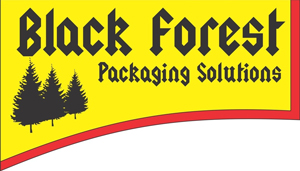How to Choose the Right Flexible Packaging Machines for Your Production Needs
In the ever-evolving landscape of manufacturing, selecting the right equipment is crucial for enhancing productivity and efficiency. One such pivotal choice is deciding on the most suitable flexible packaging machines for your production needs. As markets diversify and consumer demands shift, the versatility of flexible packaging has emerged as a game-changer in various industries. With a plethora of options available, it can be daunting to navigate the features and specifications that different machines offer. This blog aims to provide a comprehensive guide to help you understand the critical factors to consider when choosing flexible packaging machines, ensuring that your investment aligns with your production goals and operational requirements. By exploring essential aspects such as machine capabilities, material compatibility, and scalability, we will equip you with the knowledge to make an informed decision that can lead to significant gains in efficiency and product quality.
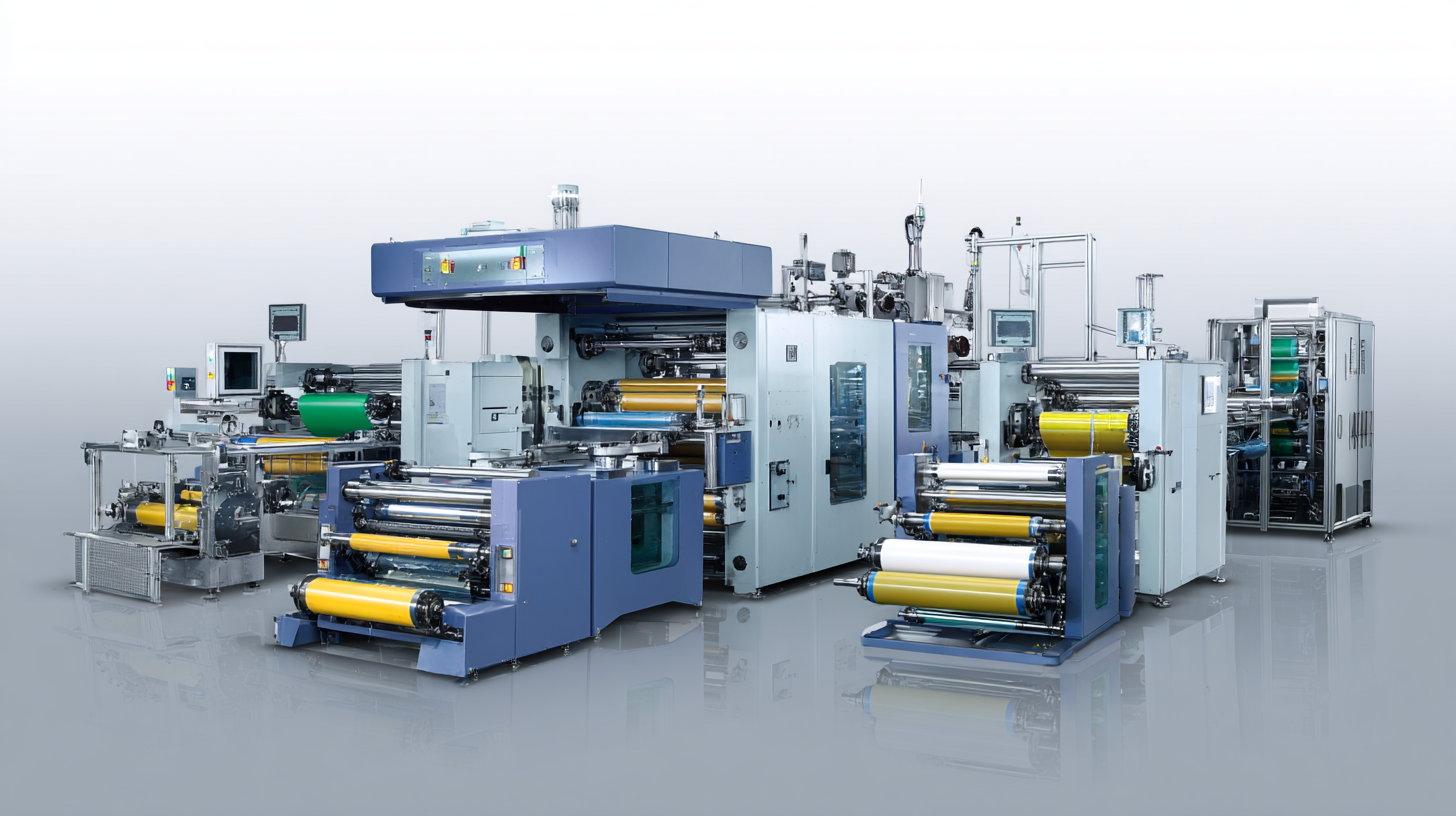
Understanding Your Production Requirements for Flexible Packaging Machines
When selecting the right flexible packaging machines for your production needs, understanding your production requirements is paramount. Evaluating factors such as the type of products you will be packaging, the expected production volume, and the desired packaging format will help you make informed decisions. For instance, if you are packaging liquids, a machine compatible with pouches or spout bags might be ideal, while dry products may benefit from stand-up pouches or roll stock.
**Tips:** Before purchasing, conduct a thorough analysis of your current production line and pinpoint areas that require improvement. Consider speed, efficiency, and scalability in your evaluation. Additionally, consult with machine manufacturers to understand the specifications that align with your unique requirements.
Another aspect to consider is the adaptability of the flexible packaging machine to future changes in production needs. As market demands shift, having a versatile machine can save you time and costs in the long run.
**Tips:** Invest in machines that offer easy interchangeability of components, allowing you to switch packaging types with minimal downtime. Keeping maintenance and operational costs in mind is also crucial; ensure that the machine you choose can be serviced easily and that spare parts are readily available.
How to Choose the Right Flexible Packaging Machines for Your Production Needs
| Dimension | Description | Example Value |
|---|---|---|
| Production Speed | The speed at which the machine can produce packages. | 100 packages/min |
| Package Size Range | The range of sizes the machine can produce. | 50mm x 100mm to 300mm x 400mm |
| Film Material Compatibility | Types of films that can be used in the machine. | Plastic, Foil, Biodegradable |
| Power Consumption | The amount of energy the machine uses during operation. | 5 kW |
| Automation Level | The extent to which the machine operates automatically. | Fully automated |
| Maintenance Frequency | How often the machine requires maintenance. | Monthly |
| User Interface | The type of interface for controlling the machine. | Touchscreen |
Key Features to Look for in Modern Flexible Packaging Equipment
When selecting the right flexible packaging machines for your production needs, there are crucial features to consider that can significantly enhance your packaging efficiency and product quality. Modern flexible packaging equipment should offer versatility in handling various materials, such as low-density polyethylene, and be designed for easy adjustments to cater to different product types. Look for machines that can seamlessly produce films, wraps, bags, and sacks with minimal downtime.
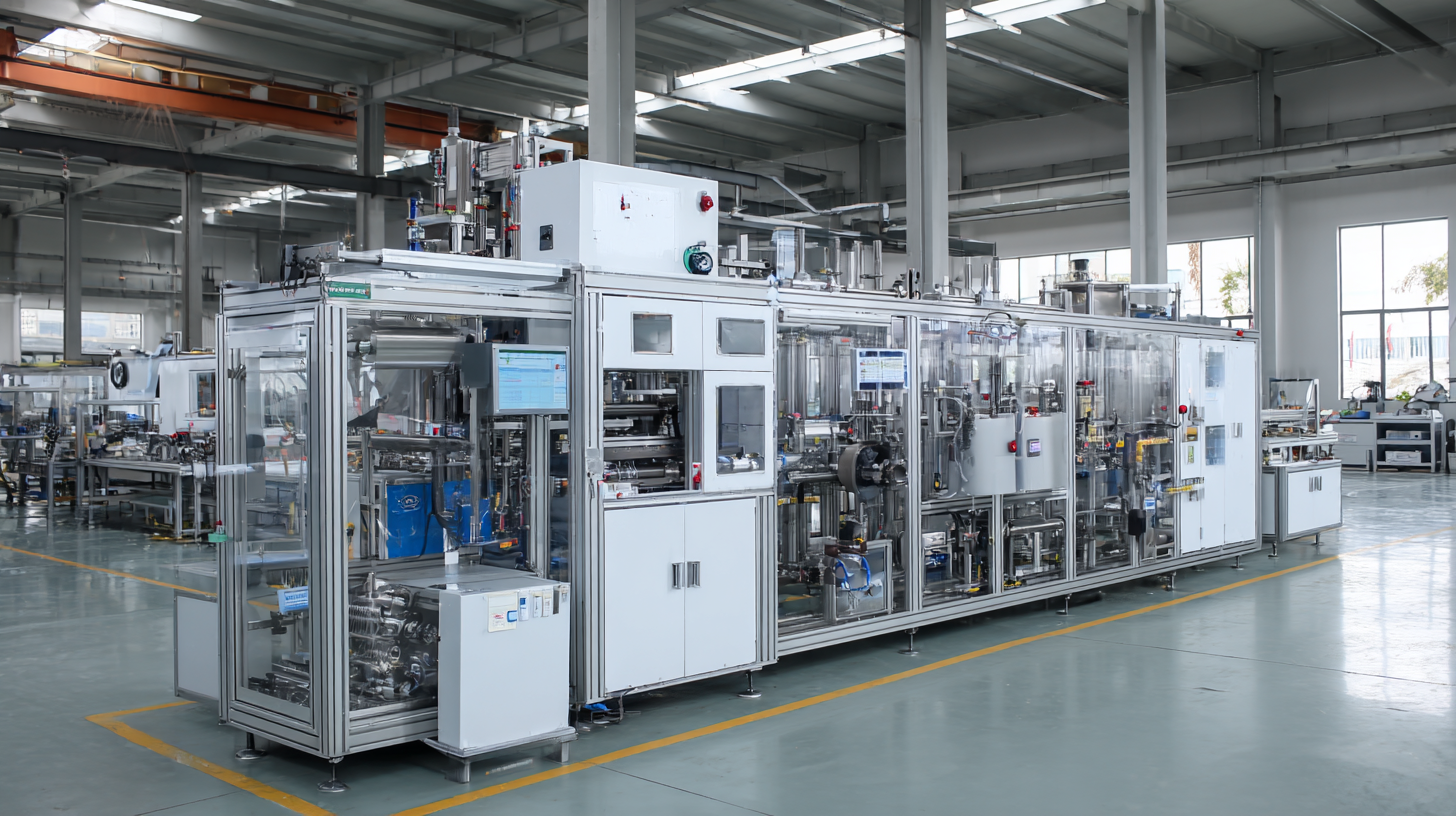
Another key aspect is the machine's automation capabilities. High-level automation not only increases throughput but also reduces labor costs and minimizes human error. Additionally, consider the equipment's compatibility with smart technology, such as IoT integration, which allows for real-time monitoring and analytics, ultimately optimizing the production process. Energy efficiency is also vital, as modern machines should help reduce operational costs while being environmentally friendly. Prioritizing these features will ensure that your flexible packaging solution meets both current demands and future scalability.
Comparing Different Types of Flexible Packaging Machines: Pros and Cons
When selecting flexible packaging machines for production, it’s crucial to understand the various types available, each with its own advantages and drawbacks. For instance, horizontal form-fill-seal (HFFS) machines are widely used for their efficiency in producing packages quickly and with minimal waste. According to a report by MarketsandMarkets, the HFFS market is expected to grow from $3.5 billion in 2020 to $5.1 billion by 2025, reflecting their growing adoption in sectors like food and pharmaceuticals. However, they may require a significant initial investment and can be complex to operate, which might not be suitable for small-scale producers.
Vertical form-fill-seal (VFFS) machines, on the other hand, offer flexibility in package sizes and are often easier to operate and maintain. A study from Grand View Research shows that VFFS machines are favored for their compact design and lower operational costs, especially for businesses focusing on flexible packaging in snack foods and pet products. Despite their benefits, their speed may not match that of HFFS machines, potentially limiting scalability for larger operations. Understanding these trade-offs is essential for manufacturers looking to optimize their production line according to their specific needs.
Evaluating the Cost-effectiveness of Flexible Packaging Solutions
When evaluating flexible packaging solutions, cost-effectiveness is a critical factor that can significantly impact a business's bottom line. According to a report by Smithers Pira, the global flexible packaging market is expected to reach $300 billion by 2026, growing at a CAGR of 4.5%. This growth is driven by the increasing demand for lightweight, durable packaging that enhances shelf life while lowering shipping costs. Businesses that invest in flexible packaging machines can reduce their operational costs by up to 30% compared to traditional packaging methods.
Moreover, the flexibility and efficiency offered by modern packaging machines not only streamline production but also minimize material waste. A study by the Flexible Packaging Association highlighted that companies using flexible packaging reported a reduction in material usage by as much as 20%, translating into significant cost savings. By choosing the right flexible packaging machines that align with production requirements, manufacturers can optimize their processes and improve overall profitability, showcasing the financial advantages of adopting innovative packaging technology in a competitive market.
Evaluation of Cost-effectiveness of Flexible Packaging Machines
This bar chart displays the cost-effectiveness of different flexible packaging machines evaluated in USD per 1000 units produced. A lower cost indicates a more cost-effective solution for production needs.
Top Brands and Models in the Flexible Packaging Machine Market
In the competitive landscape of flexible packaging, selecting the right machinery is crucial for meeting production demands efficiently. The market offers a variety of brands and models, each designed to cater to specific packaging needs. According to a recent report by MarketsandMarkets, the global flexible packaging market is projected to grow from $238.3 billion in 2021 to $380.3 billion by 2026, at a CAGR of 9.6%. This growth signifies an increasing demand for high-quality and efficient flexible packaging machines.
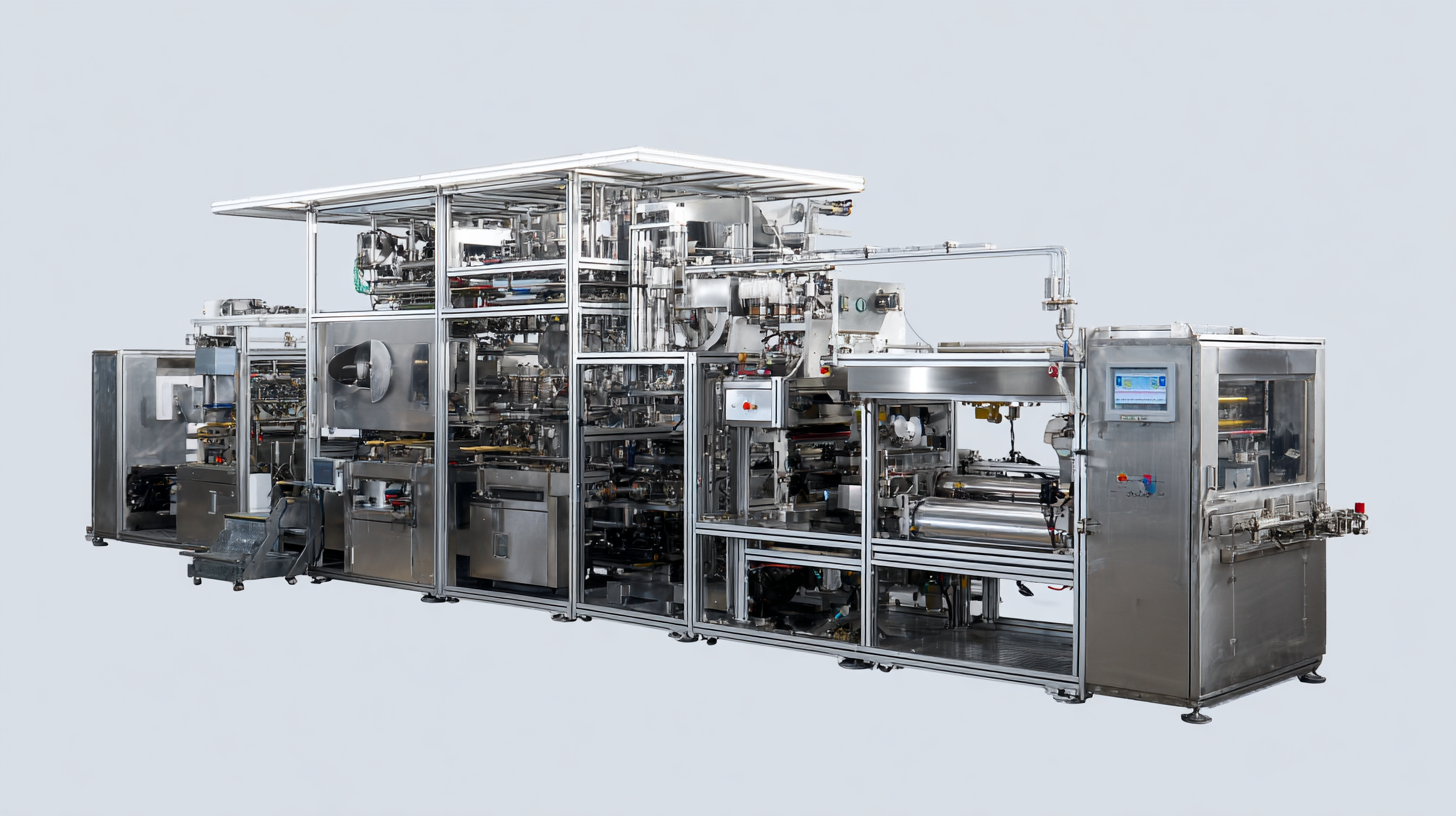
Top brands such as Bosch, Multivac, and Doyen have established themselves as leaders in the flexible packaging machinery sector. Bosch offers advanced solutions that combine speed and flexibility, ideal for food packaging, while Multivac is known for its vacuum packaging technologies that extend shelf life and preserve product quality. Doyen’s focus on customizable machines addresses diverse market needs, making them appealing for companies looking to adapt to changing consumer preferences.
The choice of machine should consider factors such as production volume, packaging type, and automation level, thereby ensuring operators can maximize efficiency and maintain competitive advantage in a growing market.
Related Posts
-

How to Choose the Right Flexible Packaging Machines for Your Business Needs
-
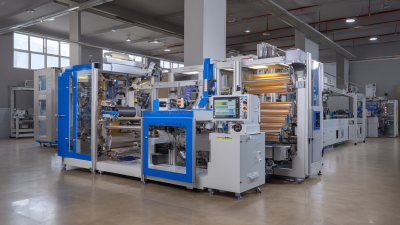
Unlocking the Advantages of Best Flexible Packaging Machines for Global Buyers
-

Exploring Innovative Food Packaging Machine Types: Industry Trends and Data Insights
-
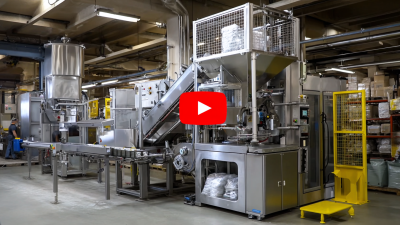
Key Factors to Identify Quality Manufacturers for the Best Bagging Machines
-
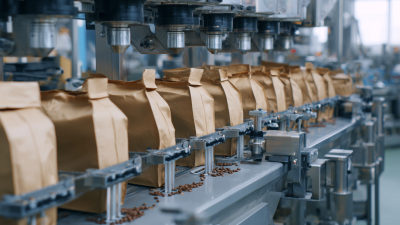
Understanding Industry Production Standards for the Best Coffee Bagging Machine Solutions
-

Unlocking the Advantages of Bakery Packaging Machines for Global Buyers
